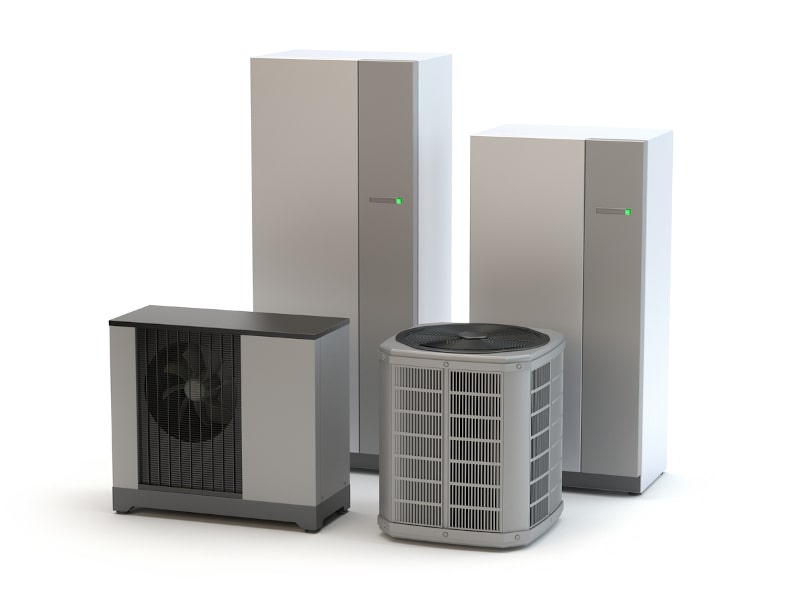Thanks to their power, versatility and energy efficiency, heat pumps are steadily growing in popularity in cities like Lenoir City, TN. To reach its current state, heat pump technology had to evolve through many stages that involved all kinds of practical and theoretical discoveries. To deepen your appreciation of what heat pumps can do, let’s spend a little bit of time learning about their history.
The First Heat Pump
The view of most historians is that the world’s first heat pump appeared in 1856 as the brainchild of the Austrian mining engineer Peter von Rittinger. The reason for this view is that Rittinger’s device used a compressor to pressurize vapor and force it to condense, just as contemporary heat pumps do. Nevertheless, Rittinger’s machine is still a far cry from the heat pump as we know it today.
Rittinger’s invention had exclusively industrial applications. He created it to dry salt brine, thereby making it easier to extract salt from Austrian mines. It would still be some time before anyone would think about applying the principles behind Rittinger’s device to domestic comfort.
Setting the Stage
One cannot truly understand how heat pumps came to exist without understanding how heating and cooling technologies evolved over time. For most of history before 1856, these technologies followed independent paths of development, but once they finally converged, heat pumps became possible. We’ll start by describing a few inventions and breakthroughs in the history of artificial cooling.
In 1558, Giambattista Della Porta found a way to quickly cool water using potassium nitrite. Two hundred years later, Benjamin Franklin, collaborating with the English chemist John Hadley, learned that evaporating alcohol can rip heat out of ambient air.
Discoveries like these had practical results. In 1620, the Dutch engineer Cornelis Drebbel famously showed off a cooling machine in Westminster Abbey that worked according to evaporative principles. In 1748, the Scottish physician William Cullen built a cooling machine that worked by creating a vacuum and draining away heat using a pump — a clear precursor to the heat pump.
Two important 19th-century American pioneers of artificial cooling were Oliver Evans and John Gorrie. Evans made a closed-cycle refrigerator in 1805 that used compressed ether to pull heat from the air. Gorrie built a series of cooling machines that used compressors and successively modified them throughout the 1840s.
Three points are also important to mention in the history of artificial heating. In 1748, Benjamin Franklin created a cast-iron furnace with adjustable baffles. In 1857, Franz San Galli invented and patented the radiator, and then Dave Lennox tweaked this important invention to make it burn coal in 1885.
The crucial inflection point, however, came in 1852. This was the year that the British physicist Lord Kelvin showed that thermodynamic processes are reversible. This made heat pumps possible.
Moving to Modernity
We had to wait until 1945 for the modern heat pump to truly emerge. This was when the English engineer John Sumner created an electrically powered water-source heat pump. Though Sumner’s design was highly creative, it languished for decades because England relied on coal for power in the post-World War II period.
This finally changed due to the energy crisis of the 1970s. Because the prices of traditional fossil fuels were exploding at the time, governments began encouraging people to find alternative ways of heating homes and supplying power. Heat pumps that were finally viable in residential homes were only one result of this campaign.
From the 1970s to the present day, heat pumps have been growing progressively more powerful and efficient. In recent years, smart technology and programmable thermostats have given homeowners more power than ever before. As of 2020, about 18 million American homes used heat pumps, and the heat pump industry has grown to include thousands of trained technicians who provide repair and maintenance services.
What we’ve discussed here is only a tiny sliver of everything that ultimately went into making heat pumps possible. With such an illustrious and interesting past, heat pumps are sure to have a bright future, and you can be a part of it. Just call Melton Heating and Air Conditioning today and ask for our HVAC services.
Image provided by iStock

